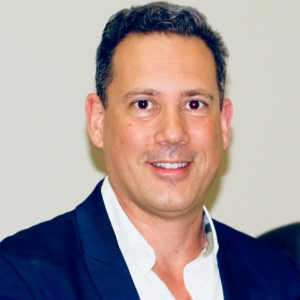Recovery Innovations in Therapy
Recovery innovations in therapy are transforming how patients regain function after injury or illness, bringing improved efficiency and effectiveness to rehabilitation. Novel methods such as hydrotherapy, cryotherapy, and hyperbaric oxygen therapy facilitate faster tissue healing and reduce inflammation. Wearable technology, including smart orthotics and biofeedback devices, allows for real-time monitoring of movements and muscle activation, providing therapists with invaluable data for personalized care. Combined with virtual reality simulations for immersive exercises, these technologies make rehabilitation more engaging and accessible. Integrating these innovations into standard therapy practices not only enhances physical recovery but also fosters mental resilience, offering patients a quicker and more holistic path to full recovery.

Jay Spector
American Academy of Podiatric Sports Medicine (AAPSM), United States
Marcia J Scherer
Institute for Matching Person and Technology, United States
Marcos Brioschi
American Academy of Thermology, United States
Blair Gorenberg
Shirley Ryan Abilitylab, United States
Roberta Sartori
IRCCS Materno-Infanitle Burlo Garofolo, Italy
Cho Li Yin
Taichung Veterans General Hospital - VGHTC, Taiwan




Title : Best practice guidelines for the use of pharmacological neuromodulation in disorders of diminished motivation: A comprehensive approach
Vaidya Balasubramaniam, Illawarra and Shoalhaven Local Health District Hospitals, Australia
Title : A forgotten component of knee osteoarthritis
Ron Blehm, EEI Physio LLC, United States
Title : Functional outcomes of DSSA-Based pelvic rehabilitation combined with manual therapy and electrostimulation in men after oncologic surgery: A retrospective case series
Eren Uyar, Fizyomen Physiotherapy & Rehabilitation Center, Turkey
Title : We are living and working in the age of individualization
Marcia J Scherer, Institute for Matching Person and Technology, United States
Title : Efficacy of Inspiratory Muscle Training (IMT) in post-weaning ICU recovery: A clinical randomized controlled trial
Warda Khan, Chongqing Medical University, Pakistan
Title :
Subramanya Adiga, Middlemore Hospital, New Zealand